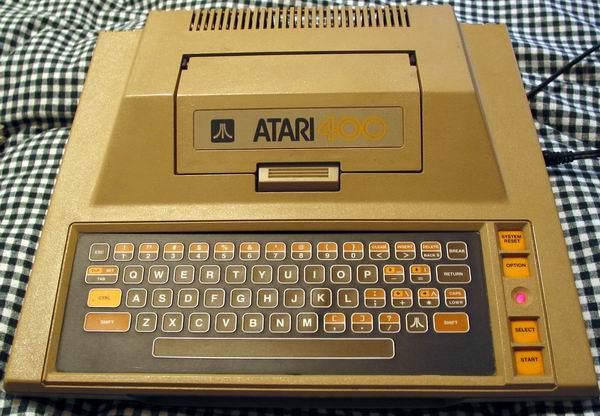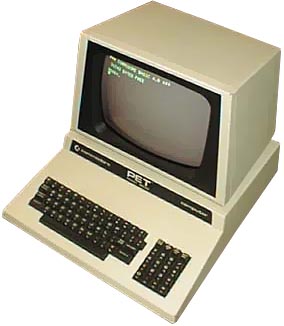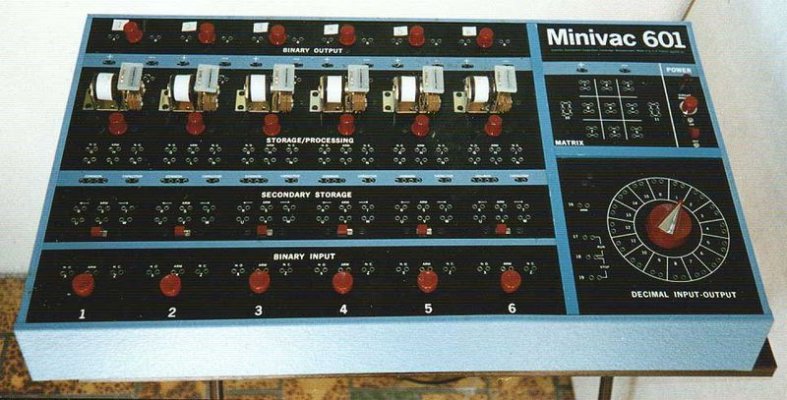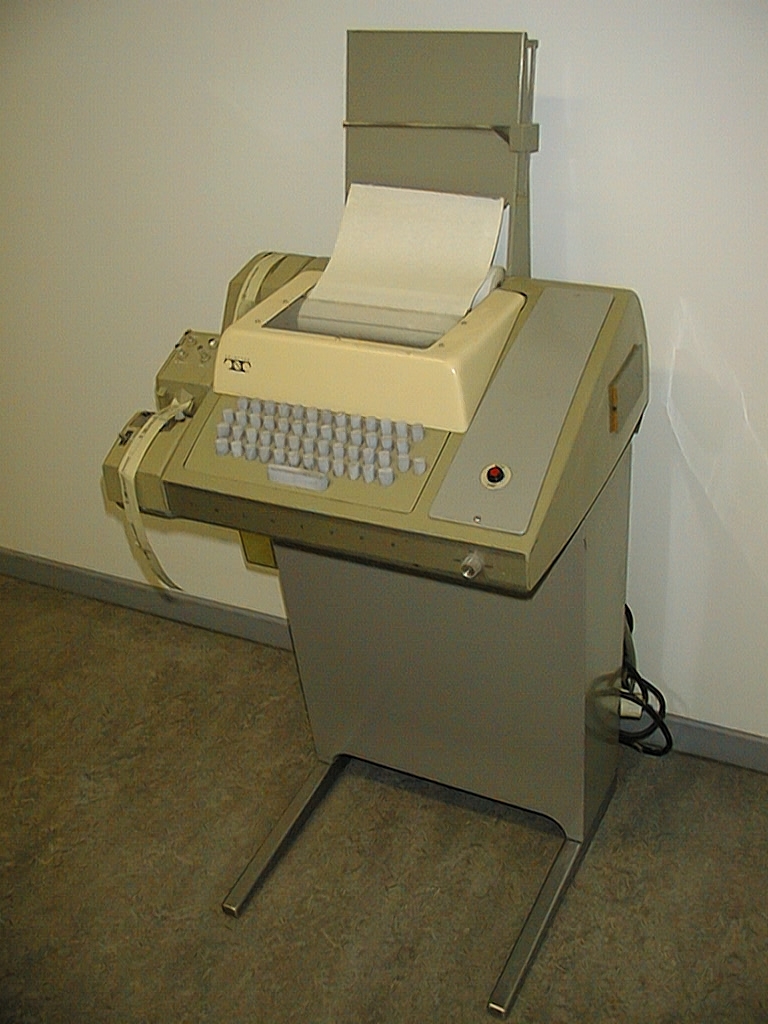easysurfer
Give me a museum and I'll fill it. (Picasso) Give me a forum ...
- Joined
- Jun 11, 2008
- Messages
- 13,151
Found this website about old computers:
Old Computers - rare, vintage, and obsolete computers
Was fun looking at some of the oldies. Plus, the old adds are fun to read:
Old computer ads
I remember doing lots of "researching" on what was a good computer to get that would last me a lifetime
Old Computers - rare, vintage, and obsolete computers
Was fun looking at some of the oldies. Plus, the old adds are fun to read:
Old computer ads
I remember doing lots of "researching" on what was a good computer to get that would last me a lifetime






